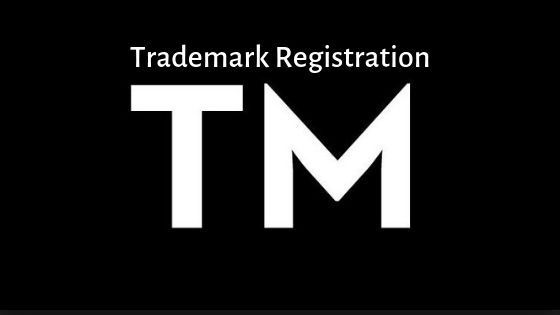You’d Better “Trade Dress” for the Occasion When it Comes to Brand Protection

A brand is an assemblage of hallmarks that solely and/or jointly establish a business entities identity. A trademark, on the other hand, is a symbolic representation designed to show that identifying feature a brand thereby making it recognizable. Protecting a company’s brand and trademark is of crucial importance because, without a unique identity, a company is a faceless, nameless entity, nothing but another generic product or service to the common masses.
What Exactly Is “Trade Dress” and Why Should You Do it Well?
Trade Dress is a concept which was first addressed in the USA. It is a reference to the visual aspect of a product and includes within its scope aspects like the comprehensive appearance of the packaging, the shape of the product and maltitude of colours used. These aspects are crucial to a brand’s recognition and can hence be registered or protected by companies.
In the past, India did not have a legal definition for the term trade dress under the Trademark Act 1999. However, as intellectual property laws evolved, a new amendment was enacted which acknowledged trade dress protection by way of a new definition of the term trademark itself. This change was made as under Section 2 of the Trademark Act which read as :
(zb) trademark is defined as a mark capable of being represented graphically and which is capable of distinguishing the goods or services of one person from those of others and may include shape of goods, their packaging and combination of colours.
(q) Package includes any case, box, container, covering, folder, receptacle, vessel, casket, bottle, wrapper, label, band, ticket, reel, frame, capsule, cap, and lid, stopper and cork.
(m) Mark includes a device, brand, heading, label, ticket, name, signature, word, letter, numeral, shape of goods, packaging or combination of colours or any combination thereof.
Hence the new amendment which came into force in September 2003 essentially captured all the elements of trade dress as under the US as well as the UK law.
What Are the Essential Requisites for Trade Dress Registration?
The conditions for registration of trade dress for a product in India are as follows:-
- It should be graphically represented.
- It should be distinct from others.
- It should be used in relation to goods or services from others.
- It should be in a printed form.
What Is the BIG Difference between Trademark and Trade Dress?
Trade dress is actually somewhat distinct from a trademark. A trademark is designed to protect a word or a combination of words, a phrase or a combination of phrases, a symbol or a combination of symbols, a design, or a combination of designs that classifies and separates the source of a product of one brand from those of others. A trademark is often placed on a product itself or on its label and packaging. Trade dress on the other hand is the comprehensive and holistic look and feel of the brand’s product, not just its tagline, name or logo. You can even say that trademark is a subset of trade dress.
Case Laws Supporting Trade Dress in India
In Cadbury v. Neeraj Food Products the Delhi High Court opined that the trademark of Neeraj Food Product’s JAMES BOND was physically and phonetically comparable to the registered trademark GEMS of Cadbury. The High Court additional believed that the packaging of Neeraj foods was similar to that of Cadbury and passed an order that restrained Neeraj foods from using the trademark in dispute as well as packaging deceptively similar to that of Cadbury’s.
The Hon’ble Delhi High Court in ITC v. Britannia looked into the matter of unregistered trade dress. ITC in the suit alleged passing off of its yellow and blue packaging of Sun feast Farmlite Digestive biscuit by Britannia. It was alleged that Britania has used a similar trade dress for its Nutri Choice Digestive Zero biscuit to deceive the public. The court initially granted an injunction; nevertheless, the bench on appeal reversed the order stating that it was not probable that within six months, the yellow and blue colour combination had become a unique proposition of ITC, hence they held that they could not claim exclusivity nor could they prevent competitors from using the combination.
In Colgate v. Anchor, the appearance of products concerning red and white colour packaging was in dispute. It was avered by the learned judges that when the colour combination, the packaging, the shape of the container, of two products are alike it naturally follows with consumer confusion, about the source of the products. If an uneducated naive customer uses another’s product based on the physical appearance of a product he has been using in the past due to confusion then it amounts to passing off.
The Takeaway
To summarize, trade dress protection is aimed at providing protection to consumers from deceptively similar products that are created to emulate and imitate other products to encash upon the goodwill and reputation of authentic brands.
Still confused? Engage the services of Vakilsearch and sleep easy knowing your brand will be protected from any untoward infringement.
Read more : trademark registration




